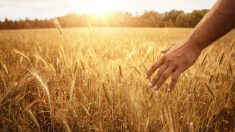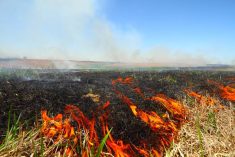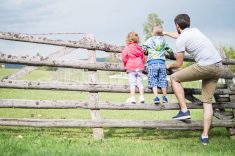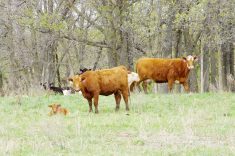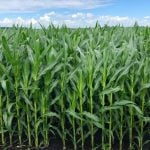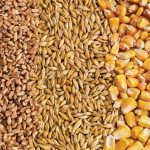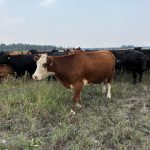There are a host of educational materials on safety available for farm families.
The Canadian Agricultural Safety Association was created in 1993 to promote farm safety and its vision is “a country where no one is hurt farming.” Its website has dozens of fact sheets that are broken down by topics. Among the 17 topics are working with animals, child safety, crop protection products, electrical safety, ergonomics, grain handling and storage, machinery safety, and personal protective equipment.
Read Also

Moo translator and methane measures: There’s an app for that
Dalhousie University researchers use artificial intelligence to create new dairy farm apps that analyze cattle sounds and measure methane.
The organization also has numerous teaching kits designed for use by schools, 4-H groups, and other youth organizations. These hands-on demo kits and displays (which come with instructions for using them) can be borrowed at no cost, save for shipping costs.
The website also has videos on various aspects of farm safety.
The American organization, Farm Safety For Just Kids, also has numerous resources at its website, www.farmsafetyforjustkids.org. Its educational materials are divided into six areas: animal safety, ATV safety, chemical safety, tractor safety, grain safety, and rural roadway safety.
These resources are further broken down into lesson plans, games (such as animal and tractor bingo, crosswords, and colouring pages).
The Canadian Agricultural Safety Association also has a downloadable Canada FarmSafe Plan. The core plan is free and has five components:
- Composing a general policy statement for safety and health for your farm;
- Identifying hazards;
- Controlling hazards, including documenting standard operating procedures for all work on the farm, outlining emergency actions, conducting training and investigating incidents;
- Communicating responsibilities;
- Reviewing the plan.
As well, the website has links to dozens of other websites that offer information and resources on farm safety. These include the Agricultural Health and Safety Network at the University of Saskatchewan, Safe Farm Manitoba, and the Agricultural Safety and Health Council of America.
The Canadian Agricultural Safety Association also has a toll-free number: 877-452-2272.



